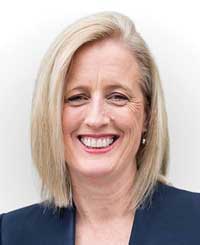
Acknowledgements
This Strategy was developed on Aboriginal and Torres Strait Islander lands. The Government acknowledges and pays respect to all First Nations peoples across Australia, who are the Traditional Custodians of the land and waters and are the oldest continuous living cultures on Earth. We pay respect to Elders past and present. We honour and respect the rights of all First Nations peoples to individual and collective self-determination and agency, and to lead action on gender justice and equality in their communities. The strength, leadership, skills and lived experience of First Nations women must be central to decision-making that affects their lives.
The voices that informed this work
We acknowledge and value the efforts and dedication of women, and the broader Australian community, who generously shared their lived experience, knowledge and expertise to inform this Strategy.
Minister’s foreword
Fifty years ago, Elizabeth Reid, Australia’s first advisor on women’s affairs, embarked on a country-wide listening tour to hear from women directly about the issues that affected their ability to live freely.
It was a time when women weren’t able to secure a bank loan or a mortgage without a male guarantor. The minimum wage for women was pegged at 85 cents in the dollar to men’s wages. Single women weren’t eligible for government homeowner grants. And married women who went overseas with their husbands weren’t even able to fill out their own quarantine forms when they came back into the country.

How Working for Women will be delivered
To meet the vision and ambitions set out in this Strategy, the Government is committed to continuing to consult closely and deepen its engagement with women and gender equality experts in Australia.
More information and accessing support
Appendix 1
How we got here
Consultations to inform the National Strategy to Achieve Gender Equality.